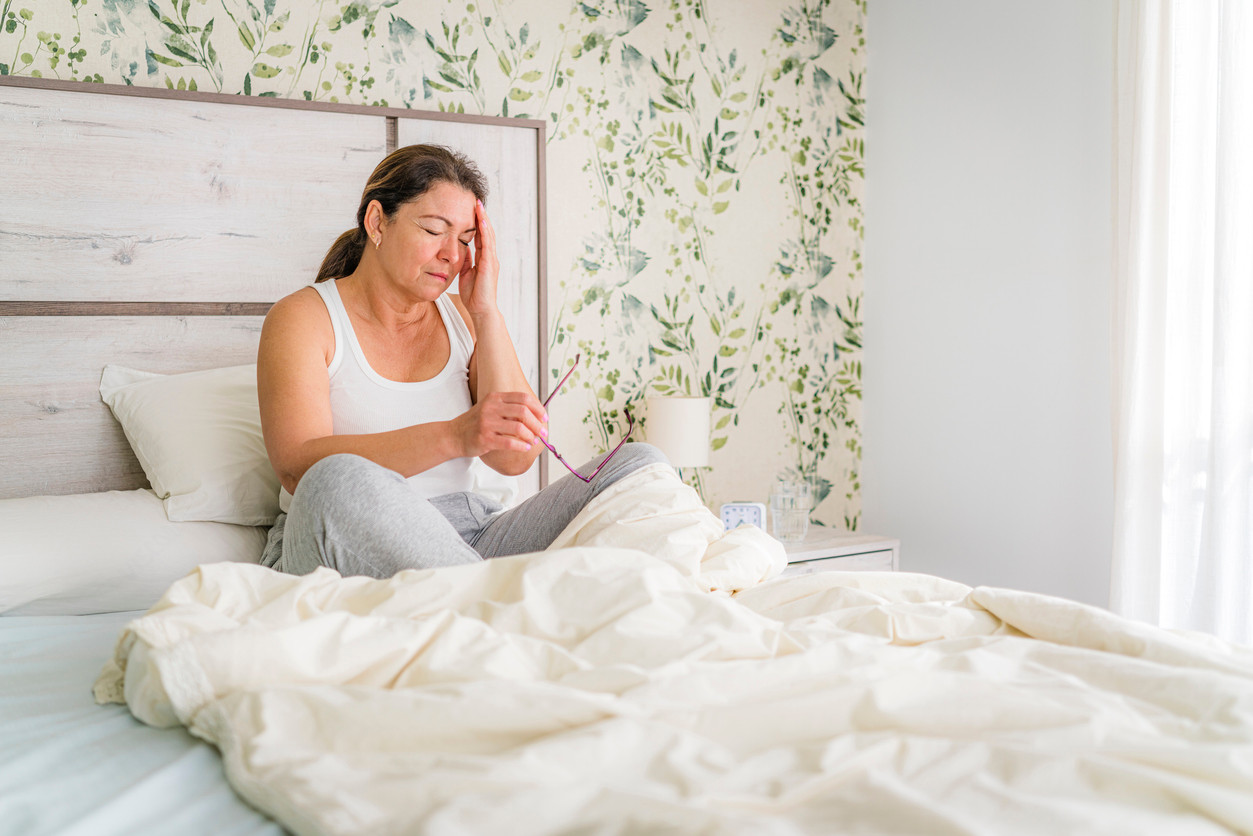How to beat menopause fatigue: causes, treatments, and exercises
Learn about causes and treatment options for menopause fatigue, including exercises for relief, recommended by physical therapists.
$0 costo para usted
Fecha de Publicación: Feb 10, 2025
El índice
Exercises for menopause fatigue
Want expert care? Check if you're covered for our free program →- Diaphragmatic Breathing
- Scapular Clocks
- Bird Dog
- Squats
- Open Book Rotations
- Cat and Cow
